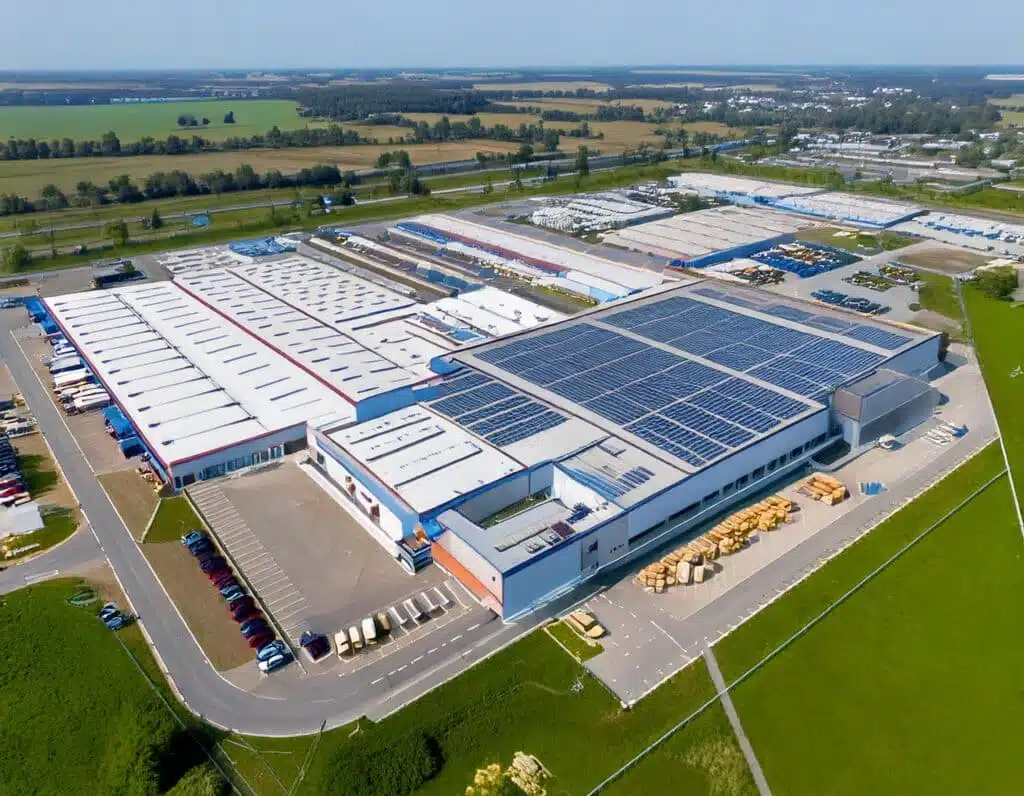
The energy market is constantly evolving, and dynamic electricity prices are an exciting step towards a more efficient and sustainable energy supply. In this article, we will explain in detail what dynamic electricity prices are, how the EPEX electricity exchange is involved, and how they can fundamentally change the way we consume energy.
A dynamic electricity tariff is a tariff in which the tariff provider passes on the current prices of the EPEX electricity exchange to the consumer. This is referred to as dynamic electricity prices. Dynamic electricity prices are an innovative form of pricing on the energy market and are becoming increasingly popular. From the turn of the year 2025, all tariff providers will be legally obliged to offer dynamic electricity tariffs. In contrast to conventional fixed tariffs, consumers pay different prices per kilowatt hour, as dynamic electricity tariffs are based on dynamic electricity prices. Dynamic electricity prices are determined by supply and demand, with factors such as grid load and the availability of renewable energy sources influencing the price.
No, intelligent energy management systems (EMS) handle this for you. These systems should ideally be connected to a battery storage system. In this case, the storage system automatically charges when prices are low or even negative, for instance, during sunny weather or at night. As electricity prices rise, the EMS uses the energy stored in the battery. The EMS ensures that no expensive electricity is purchased, allowing you to benefit from dynamic tariffs without having to constantly monitor the market yourself.
In the first half of 2024 alone, there were more negative price hours than in all previous years combined. https://energy-charts.info/index.html?l=dec=DE
The most important requirement for using dynamic electricity tariffs is the measurement of electricity consumption in 15-minute intervals. To do this, the consumer should either have an intelligent metering system (iMS) or a registered performance measurement (RLM). If you do not yet have an iMS, you can install one for annual costs ranging from 20 to 120€ (depending on consumption). For industrial companies with annual electricity consumption exceeding 100,000 kWh, an RLM system with 15-minute recording is necessary.
In summary, dynamic electricity prices offer especially commercial customers a new way to reduce their energy costs while acting more sustainably. By directly adjusting to market prices, companies with high electricity demands can benefit from favorable periods and significantly reduce their operating costs. At the same time, the importance of battery storage systems becomes particularly evident. Battery storage systems automatically shift your electricity consumption to the most favorable time windows, protecting you from high costs.
Voltfang already offers you the opportunity to optimally apply dynamic electricity tariffs in your energy system. With Voltfang’s battery storage systems and the integrated Voltfang Energy Trader, you can apply all the advantages of dynamic electricity tariffs. Find out more about the Voltfang Energy Trader now
Nutzen Sie die Förderung für Stromspeicher in Sachsen-Anhalt, um Ihre Betriebskosten zu senken und in eine effiziente Energiezukunft zu investieren. Lassen Sie uns Ihr Projekt gemeinsam angehen.